A Guide On The Causes Of Plantar Fasciitis – Treatment And Prevention
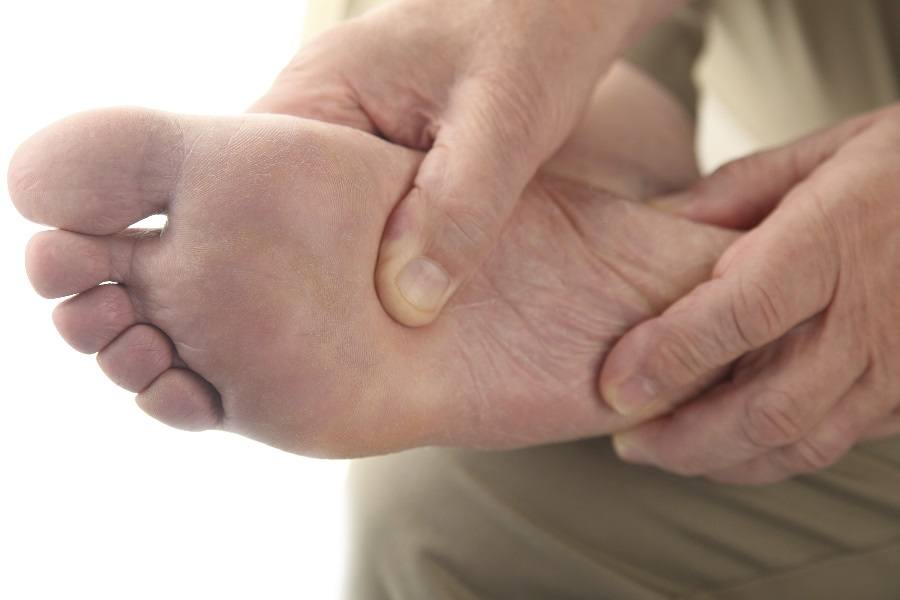
One of the most common forms of heel pain is known as plantar fasciitis. However, what is a plantar fasciitis?
What Is Plantar Fasciitis?
Good question. Well, it is a band of ligament tissue, completely flat in shape – and it links the bone in your heel with bones of your all your toes. The flat band of tissue is instrumental in maintaining the arch of both your feet.
If the plantar fasciitis is damaged or overstrained, the ligament begins to weaken and deteriorate. It become swollen and inflamed – causing pain and discomfort. Simply standing up and walking can be extremely painful.
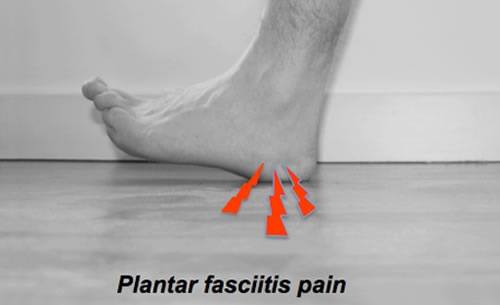
The reason why plantar fasciitis has become a frequent orthopedic issue is the fact that some people unintentionally put a lot of strain, stress and pressure on their feet. That is also why the disorder is quite common amongst middle-aged individuals.
Even teenagers and young folks that are fond of playing rigorous sports like tennis or football have a high chance of developing this problem.

This heel problem can occur in either one or both your feet. The reason why older people do not have to worry about plantar fasciitis is the fact that they become inactive, which means less pressure on the feet.
You have to understand that the ligament can be easily subject to wear and tear over a span of your daily routine. If you run a lot, lift weights a lot, walk a lot, etc. then you can expect some damage to the soft tissue supporting the arch of your foot.
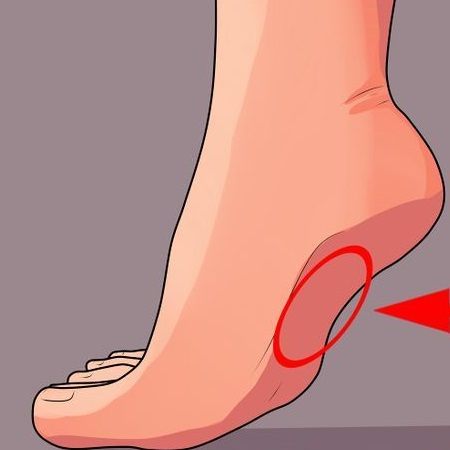
Normally, the soft elastic band of tissue act as effective shock absorbers, maintain the arches of your feet. If you put a lot of pressure on your feet, you stand a high chance of damaging the tissues.
Moreover, when the plantar fasciitis become damaged, inflamed or swollen – your foot or feet begin to hurt and they become stiff.
Plantar Fasciitis Symptoms
People suffering with this heel pain mostly complain about how stiff the bottom of their heel becomes. Some complain about plantar fasciitis symptoms and pain in the middle portion of the foot at the bottom.
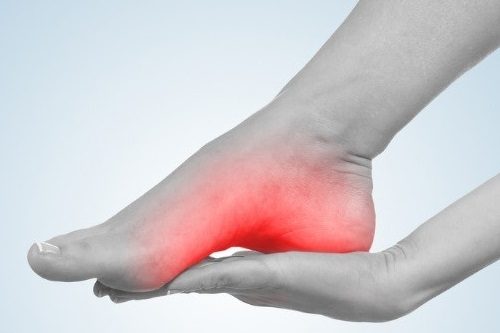
However, the pain begins to radiate and gradually begins to intensify. The problem can affect one foot, but many people have complained about having plantar fasciitis in both feet. While a lot of people have describe the level of pain being uncomfortable and dull, others have stated that the pain is they feel is sharp, stingy – and it feels as if the mid portion of the foot is burning.
Most also experience a throbbing ache in the bottom of the foot, the part where the foot extends from the heel.

The worst of the pain hits you when you wake up in the morning and get out of bed. It can also hurt if you have been sitting for extended period. Climbing a flight of stairs can also be a daunting task because the heel of your foot stiffens.
After any activity, the heel pain can increase exponentially because of inflammation. The odd thing is it won’t hurt that much when you’re doing something, it will only begin to hurt when you stop and sit or lie down.
Causes Of Plantar Fasciitis
The common cause of this heel disorder is weight. Obesity and people who are overweight stand a high chance of developing this disorder. That is primarily because you are putting too much pressure on your heel bones, especially if you just begun to gain weight. Pregnant women often complain about heel and toe pain when they are in their final months of pregnancy.

The heel disorder can also affect if you are a long-distance jogger or runner. Moreover, factory and warehouse worker are also susceptible of developing plantar fasciitis, as they have to perform several duties standing up throughout the day. In addition, this problem is much more common in women than it is in men.
It is also common in people that have high arches or extremely flat feet or different foot problem such as bunions or hammertoes. Another cause for plantar fasciitis is the stiffening of the Achilles tendons, which are strong tendons attached to the muscles of your calves and extend to your heels. The heel disorder can also be caused by wearing shoes or slipper with an extremely soft sole and inappropriate foot arch.
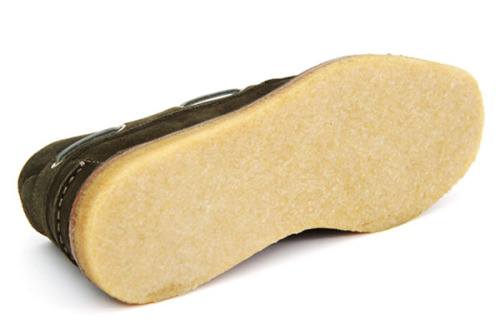
Moreover, you have to also understand that plantar fasciitis isn't traditionally caused by heel spurs. What is a heel spur? This bone is shaped like a hook that can form on your heel bone or on the calcaneus on either one or both feet.
As per the study undertaken by the AAOS (American Association of Orthopedic Surgeons) 1 in 10 individuals will develop a heel spur. However, it was also discovered that only 1 out 20 individuals will notice any discomfort or pain resulting from the heel spur.
The Diagnosis Of Plantar Fasciitis
Diagnosing plantar fasciitis is a straightforward process. Your medical professional will perform a thorough examination of your foot – he will check for the tenderness and the precise location of where the pain is coming from.
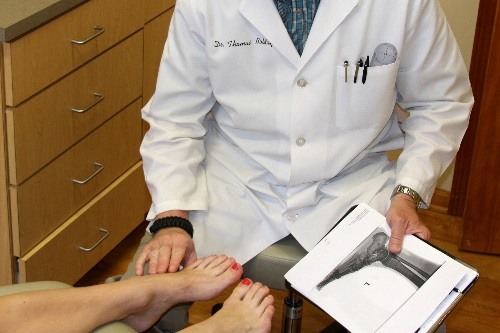
He will do this in order to confirm whether you actually have plantar fasciitis or some other foot problem. Your physician will also tell you to flex the affected foot in order to apply pressure on the ligament to gauge how bad the pain gets and if it worsens if you flex your foot. This will also allow them to examine whether or not you have mild swelling or redness in your foot.
The next step will be to analyze the strength and flexibility of your foot muscles. The doctor will also check for the strength of your nerves as well. For this, he will be examining your:
- Balance
- Focus and coordination
- Foot reflexes
- Muscle tone of the foot
- Sense of sight and touch
After that, the doctor will suggest an MRI or an X-ray to rule any other possible symptoms or causes, for example, heel or bone fracture.
Are There Any Risk Factors Associated With Plantar Fasciitis?
Although the condition can develop without any warning, there are elements that can increase your susceptibility to developing this heel disorder, and those elements include:
- Age – People that fall in the age brackets of 40 to 60 are most susceptible to developing plantar fasciitis.
- Specific Exercises – Heavy weight leg or general exercises that can place a lot of pressure and stress on your feet, especially on your heel and the attached ligament can give birth to plantar fasciitis. For example, long distance running, heavy squatting, ballet dancing, aerobics, etc. are all activities that can lead to this foot problem.
- The Anatomy of your Feet – People with flat feet or those that have high arches or those that walk in a certain way because of a medical condition can put a lot of weight on their heel and connected tissue because they are unable to distribute their weight easily. This can damage the plantar fasciitis.
- Being Overweight – Excess weight or obesity is a common factor that can increase your chance of developing plantar fasciitis. The more weight your feet cannot naturally bear, the higher the chances of multiple foot and knee complications.
Plantar Fasciitis Treatment
The best way to curb your symptoms is to reduce inflammation in the plantar fasciitis tissue. However, the will not eliminate the core issue of this foot issue. There are a couple of treatment options available that should be quickly implemented so that the condition does not worsen. In light of this, mentioned below are two types of treatments you can resort to:
Remedial Treatments
So, how to treat plantar fasciitis? Well, the best thing you can do at home is to stay off your feet for as long as you can along with keeping both your feet on ice for 15 to 20 minutes tops, every day, 4 to 5 times. This can help minimize inflammation and swelling. Moreover, it will also be a good idea to make some changes in your daily exercise schedule if you have one. You can also use plantar fasciitis socks to support the arch of your foot so that it does not hurt when you put a bit of pressure on it.
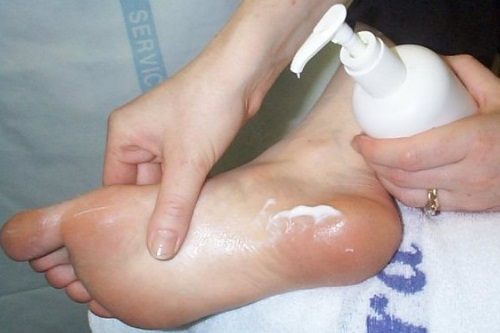
Arch supports are easy to wear, all you have to do is place them in your comfortably fitting shoes and you are all set. Gently stretching your foot can also help relieve pain and increase blood flow. After a consultation with your medical professional you can also resort to taking non-steroidal anti-inflammatory drugs (NSAIDS). These medications usually involve ibuprofen, naproxen, etc.
Medical Treatments
If your treatments at home aren't working, the NSAIDS aren't reducing any inflammation and you feel no significantly pain relief, then the next best thing you can do is schedule an appointment with your doctor for cortisol treatment. The inflammation in the ligament can quickly reduce if injected with corticosteroid. However, it has to be precisely injected in the damaged spot, which is why a medical professional should always perform it.
Moreover, your doctor can also choose to ultrasound the damaged area in order to identify the perfect spot to inject the corticosteroid. If even this doesn’t work, then your medical practitioner will resort to extracorporeal shockwave treatment.
The damaged area in your foot will be attacked with a burst of shockwaves, which will in turn help with the swelling and increase healing time. However, it is important to understand that shockwave treatment may entail certain side effects like:
- Bruises on the foot
- Additional swelling at the outside or inside of the foot
- Pain
- Numbness
Plantar Fasciitis Brace & Support Components
Plantar fasciitis insoles and braces can also help relieve pain and symptoms. You can also use nigh splints, which can help comfortably stretch the muscles in your calf as well as the arch.
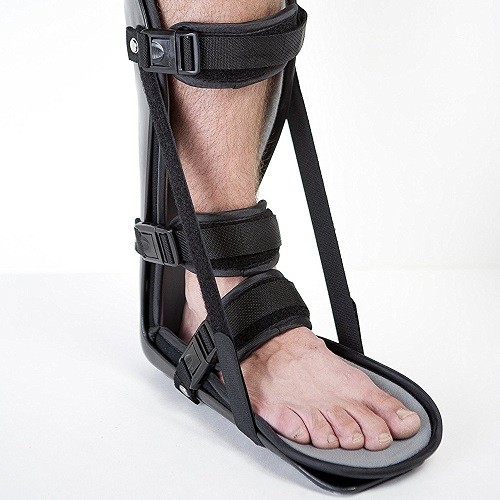
These splints are also referred to as braces that are designed to hold your foot in a flexed or stretched position – this helps elongate the fasciitis ligament. Braces and plantar fasciitis insoles can also help relieve the pain your feel when getting up in the morning.
Reflexology Massage And Plantar Fasciitis
Reflexology is a foot massage technique that involves stretching different parts of the feet to improve flexibility, muscle healing and enhance blood flow. This type of massage therapy has been used for quite some time to treat different bodily ailments. The reflexology techniques for the feet also involves stimulating certain reflex areas in the feet in order to enhance blood flow to multiple organs such as the eyes, heart, brain, muscle tissues, glands, etc

Plantar fasciitis something that that many people develop, however, managing it with reflexology massage can significantly help reduce inflammation and swelling. For cases that are severe, reflexology methods that include simple feet stretching techniques can help relieve the symptoms. However, understand that you will have to take care of your feet as a whole; this massage treatment is a part of your plantar fasciitis treatment.
The Benefits Of Reflexology
Reflexology is a highly beneficial for plantar fasciitis treatment as it involves stretching the ligaments in the heel all the way up to the toes. This is a special treatment that can also targets calf muscles, overall foot ligaments – completely relaxing the muscles in your calves and feet.
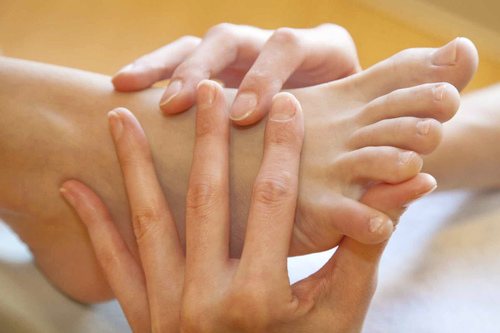
When your feet are loose and tension-free, there is a sudden boost in circulation, your leg muscles begin to soften and there is a general improvement in overall flexibility. It is a fact that people that regularly go for reflexology treatments or do it using electric massagers experience reduced pain and symptoms.
Bottom Line
So there you go, all you need to know about the causes of plantar fasciitis and how you can successfully curb the symptoms and manage pain.


